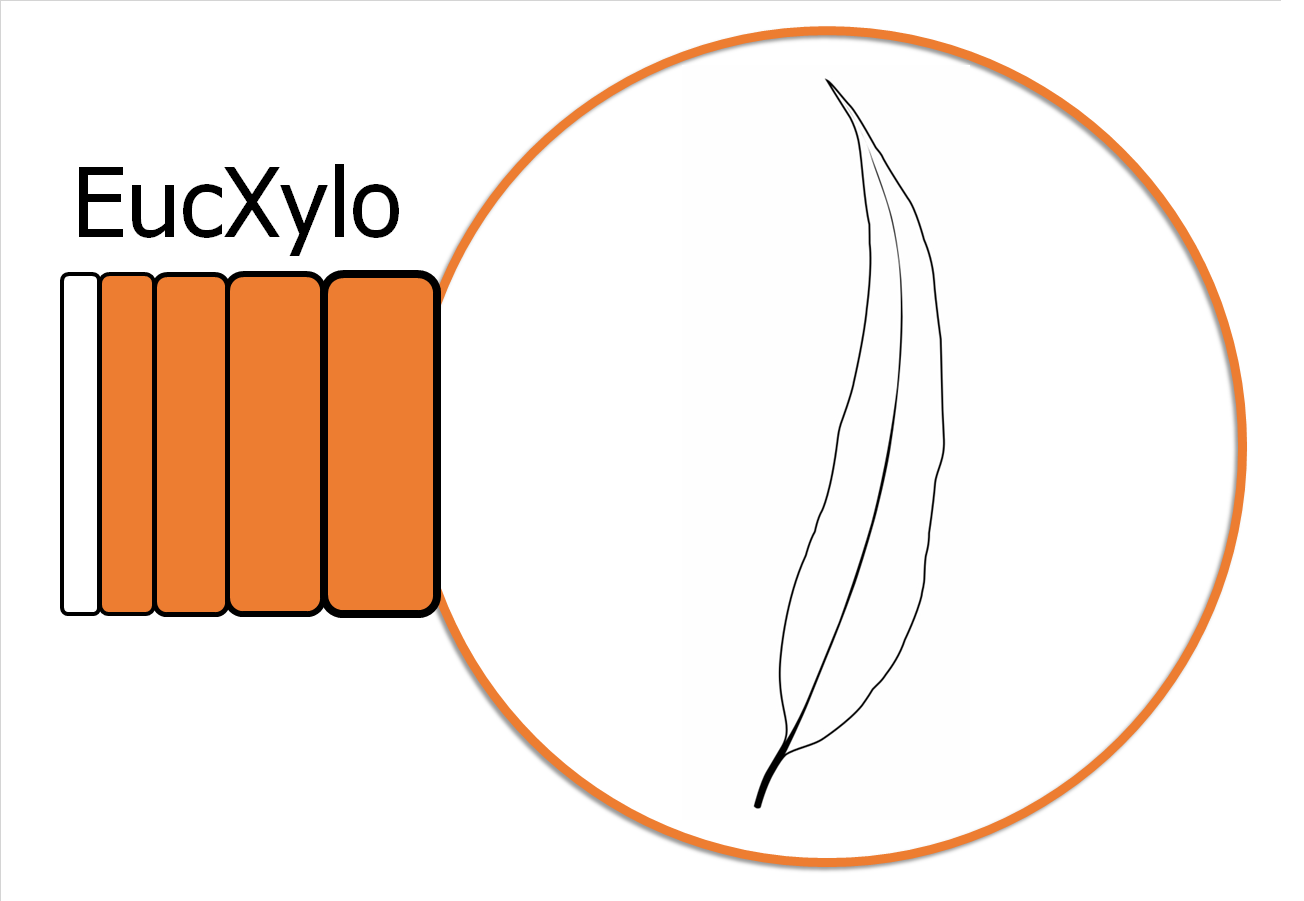
The Hans Merensky Chair in Advanced Modelling of Eucalypt Wood Formation
Understanding xylogenesis in the world's most widely planted hardwood species
[:en]A summary of some key lessons from the fourth Q-NET meeting[:]
[:en]Post authored by Mpilo Khumalo
The EucXylo group is a frequent participant in the network of scholars using Quantitative Wood Anatomy called Q-NET. A key activity of Q-NET are virtual workshops, which acts as “idea markets” profiting from an interdisciplinary network for developing and elaborating new collaborative ideas, defining standards, advancing methodology and creating synergies from a larger and more diverse network. On the 21st of June, Q-NET organised a workshop titled: Quantitative bark anatomy – state of the art and open questions. Although EucXylo’s focus is on xylem production (xylogenesis), we recognize the importance of research on phloem and bark.



Images from https://unsplash.com showing bark diversity.
Bark is the outermost layer of stems and roots in woody plants. It is a complex structure that offers more than just projection, but it is often neglected in research because of its minimal economic importance. The workshop covered intriguing details about the various forms and functions of bark. Some examples of bark activities for the tree include protection from dryness, heat (including fire) or cold, diseases, herbivores, external injuries, as well as the participation in photosynthesis and storage of water and sugars, and the provision of mechanical support. The structure and activity of bark is strongly determined by the growing conditions of the tree. The bark at the bottom of the tree looks and functions differently to that at the top of the tree. Likewise, the bark towards the inside of the stem functions differently to that towards the outside of the stem. There is a need for universally accepted terminology to describe and classify distinct types of bark. The bark of a tree can change structure and function many times as trees mature. As EucXylo members we foresee research opportunities in this complex tissue type, and we acknowledge the need to incorporate phloem and bark in future studies of Eucalyptus trees.
Congratulations again to Dr Georg von Arx and the other members of the Q-NET Coordination Team for a well-organized and entertaining event, and for developing such a valuable community platform!
[:]

